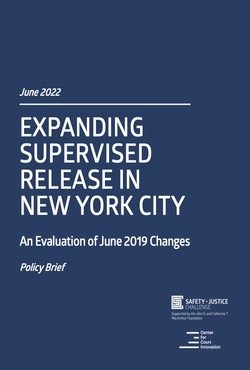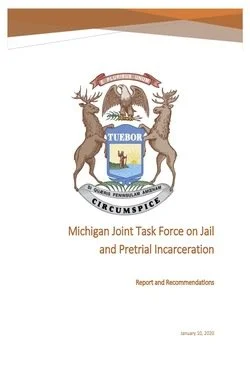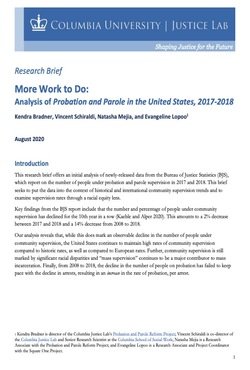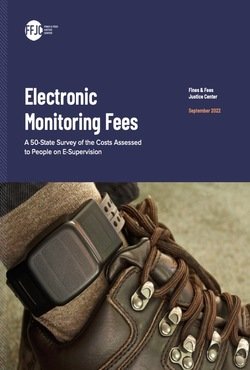By Kelly Marie King
Extensive research exists documenting national trends in incarceration and the myriad “collateral consequences” individuals face upon returning home from prison or jail. Few studies to date, however, have examined men’s social conditions and lived experiences during periods of confinement, presenting a timely opportunity for qualitative inquiry. Such insight is of particular importance for Black men residing in urban neighborhoods, given the disproportionate burden of incarceration shared by this group. To better understand how incarceration affects men’s social networks and mental health, this dissertation analyzed secondary data from N=22 in-depth, qualitative interviews with N=20 formerly incarcerated Black men in Baltimore, Maryland (MD). Semi-structured interviews, conducted by a Black, female, doctoral student, took place at an academic, community-based research center between October 2014 and June 2015. Inductive analysis was used to uncover salient themes relevant to recently released men’s lives. Chapter 3 explores potential pathways underlying observed associations between incarceration and social network turnover. Losing loved ones to death or incarceration, perceived lack of support, desire to “do different," and social isolation all emerged as possible mechanisms through which imprisonment alters men’s relationships with friends and family. Results highlight the need for additional opportunities for men to foster prosocial connections. Chapter 4 investigates informal social network structures within correctional environments. Men
-
described four social subgroups within the correctional context: preexisting ties, gang membership, “staying to yourself,” and homosexuality. Findings may be used to shape existing correctional policies to support the development of meaningful, nonviolent connections, across subgroups. Chapter 5 assesses the impact of the correctional environment on men’s mental health during and following periods of confinement. High levels of institutional control and exposure to violence emerged as drivers of poor mental health, including hypervigilance, emotional withdrawal, distrust, institutionalization, and suicide. Results help clarify existing relationships between incarceration, depression, anxiety, and PTSD, and underscore the need for appropriate screening and treatment modalities, within and outside of correctional facilities. Finally, Chapter 6 describes the theoretical, programmatic, and policy implications relevant to this dissertation, offers an overview of the strengths and limitations associated with the chosen research design, and provides suggestions for future research.
Baltimore, MD: Johns Hopkins University, 2018. 184p.





















